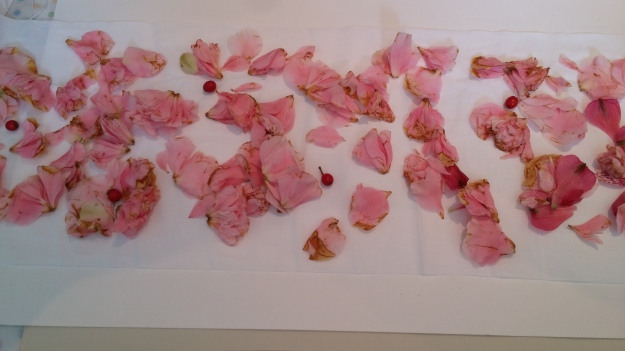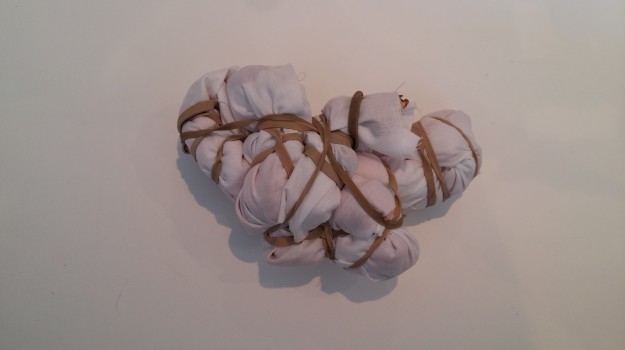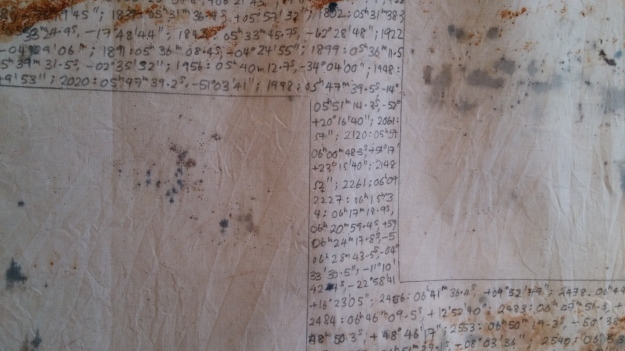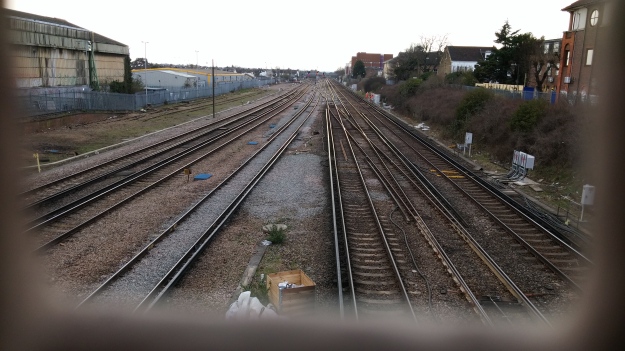It has been a while since we had a group crit and our session with Maiko on Thursday reminded me of why I have found them useful so far. I took in three different experiments to show the group the range of things I am making/thinking and why I come to find myself a little stuck at the moment on where to go next. Unfortunately (or perhaps fortunately) this managed nicely to show up the extent of my confusion with the rapidly spiralling out of control context for my work. I think I have expanded a number of strands of thinking to the point where they are having completely different conversations through my experiments.
Maiko asked again if my discussion on a sense of place is really about identity and belonging. I burbled a bit about local knowledge and experience, but I’m evidently not clear enough in my own head to be clear when talking to everyone else. I know I have been a little reticent of looking at questions of identity – perhaps because I know I am not interested in the commonly seen art on identity: gender, race, sexuality, politics etc.
And then where does all of the stuff on language fit in? I showed a couple of my latest drawings (mark-making with the language of navigation) which are another set of ideas I don’t know where to take. Important questions over whether I am looking to imprint language onto the surface, or embed my messages into the materiality of the object. I understand that it is the latter which I am trying to do, I just haven’t figured out how… I mentioned that I was finding it easier to express what I am thinking through words and poetry, but not yet able to get a material language which speaks of my ideas. Suggestion to make a poem out of fabric – I quite like this idea, reminds me of something we saw recently at the Sonia Delauny show at Tate Modern, where she expressed a poem through her trademark colour painting.
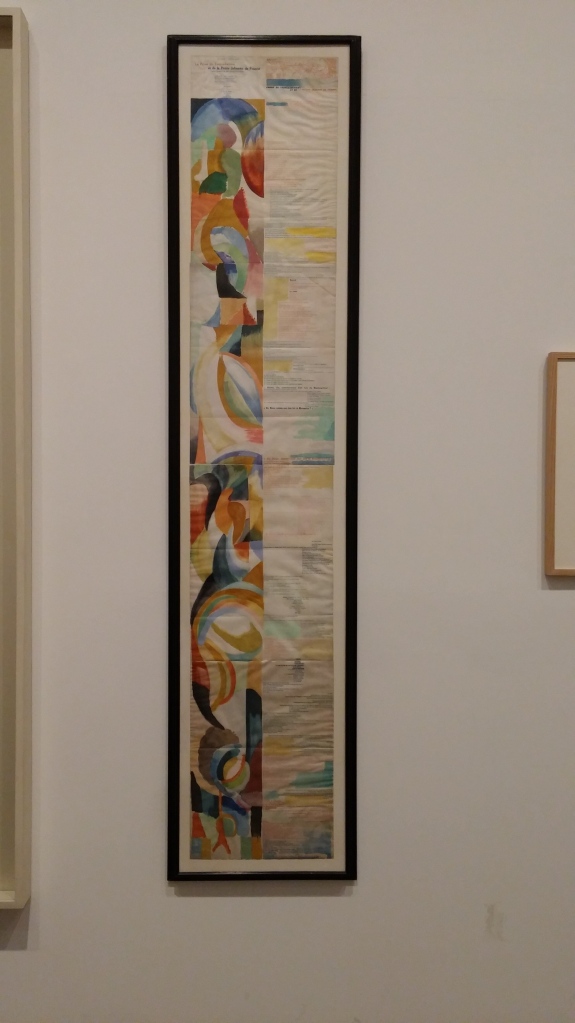
Maiko also made a comment which has stayed with me as a poignant observation: that my work speaks of a physical place, but one with no people in it – there is only one person evident in any of my work. Reflecting on this over the last few days, I have found this quite a mind-stirrer, and have been wondering if this gets more to the point than I realised at the time.
Should I perhaps consider my question from the other side? Not a sense of place and belonging, but instead that of the dislocated, the isolation and longing. The ambiguous identity; the question of why we feel like we belong in some places but not in others, even longing for places we have never seen; the search for traces of yourself reflected in the world around you. I perhaps need to go back to the topic of materiality and review what can best express what I am trying to say. I have been recently constraining my work to using cotton with plants / materials ‘of-place’ to make both my fabric drawings and handmade paper – I should review if am I over-constraining myself and if I am missing something as a consequence.
Hmm….




